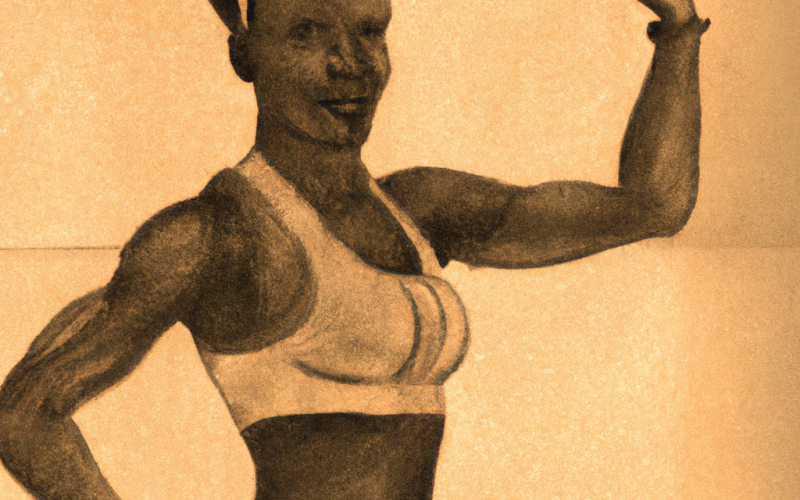Many individuals aspire to have a well-defined and fuller buttock area, whether for aesthetics, confidence, or athletic performance. The size and shape of the buttocks depend on a combination of genetics, muscle mass, fat distribution, and hormones. Let’s explore the factors that can influence the size of the buttocks and methods to augment it.
Factors Influencing Buttock Size
1. Genetics:
Genetics largely dictate the natural distribution of fat and muscle in our bodies. If larger buttocks run in your family, you’re more likely to have a fuller posterior. Conversely, if your relatives have smaller glutes, you might have to work harder to achieve the desired size.
2. Hormones:
Sex hormones, primarily estrogen, play a significant role in fat distribution. Women, due to higher estrogen levels, naturally store more fat in their hips, thighs, and buttocks than men.
3. Muscle Mass:
The gluteal muscles – the gluteus maximus, gluteus medius, and gluteus minimus – constitute the bulk of the buttock region. Strengthening these muscles can enhance the buttock’s size and shape.
4. Fat Distribution:
While muscle contributes to the firmness and shape of the buttocks, fat distribution determines its softness and size. Individuals store fat differently, and for some, a significant portion accumulates in the buttock region.
Methods to Increase Buttock Size
1. Strength Training:
Engaging in exercises that target the gluteal muscles is a natural way to enhance the buttocks. Some effective exercises include:
2. Nutrition:
Building muscle requires adequate nutrition. Consuming a balanced diet with a mix of protein, complex carbohydrates, and healthy fats supports muscle growth. Supplements like protein powders can be beneficial if you find it challenging to meet protein needs through food alone.
3. Hormonal Therapies:
While it’s essential to proceed with caution and seek medical advice, some individuals explore hormonal therapies to modify fat distribution patterns.
4. Cosmetic Procedures:
Those seeking immediate or significant changes might consider surgical interventions such as the Brazilian Butt Lift, which involves transferring fat from one part of the body to the buttocks. Buttock implants are another option, though they come with their set of risks and considerations.
Increasing the size of the buttocks requires a combination of targeted exercise, nutrition, and, in some cases, medical interventions. While genetics play a part, dedication to a well-rounded fitness regimen can yield impressive results. As always, it’s essential to approach any changes holistically, focusing on overall health and well-being.
